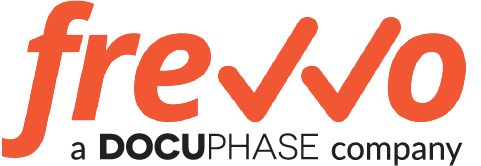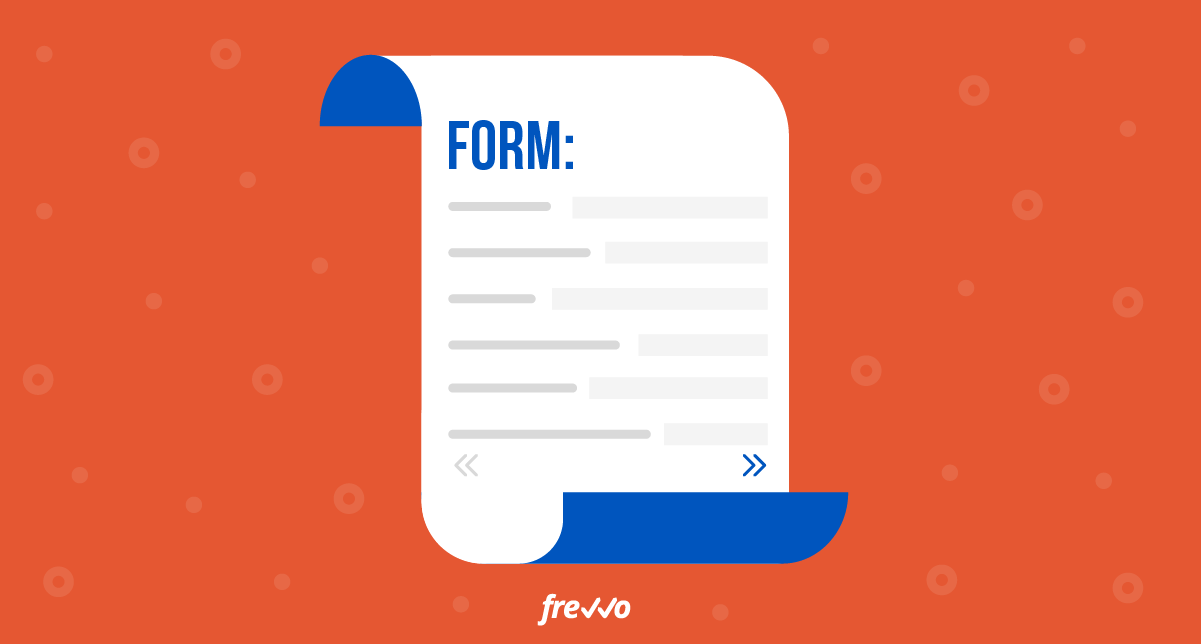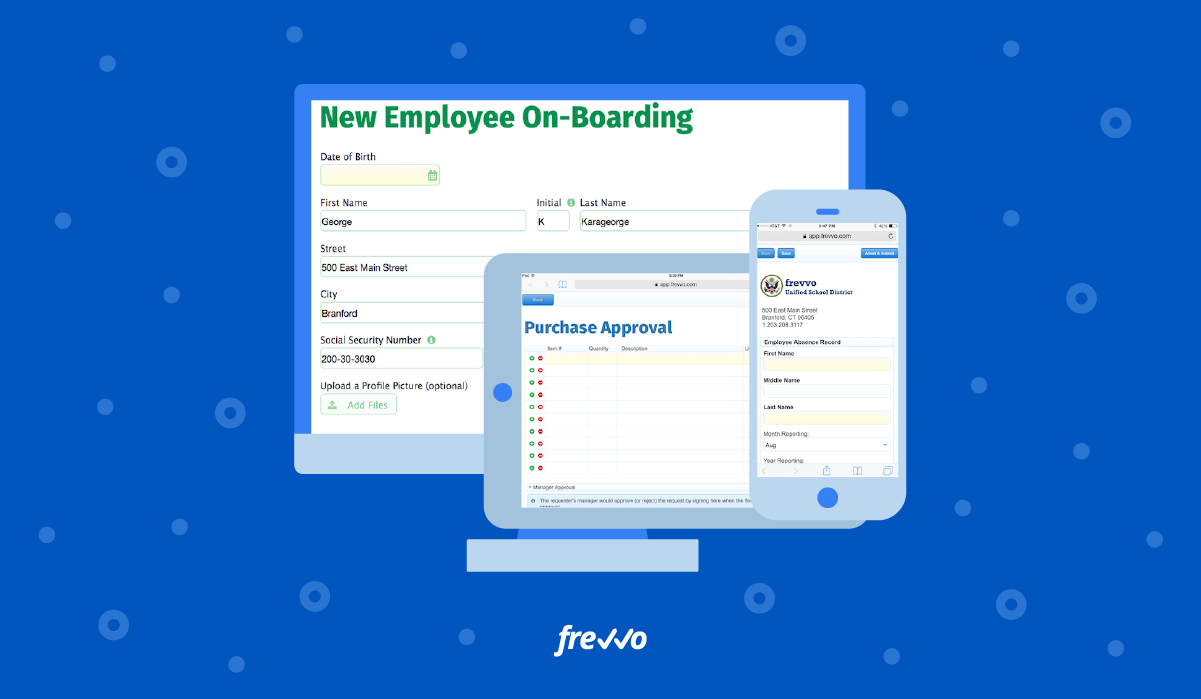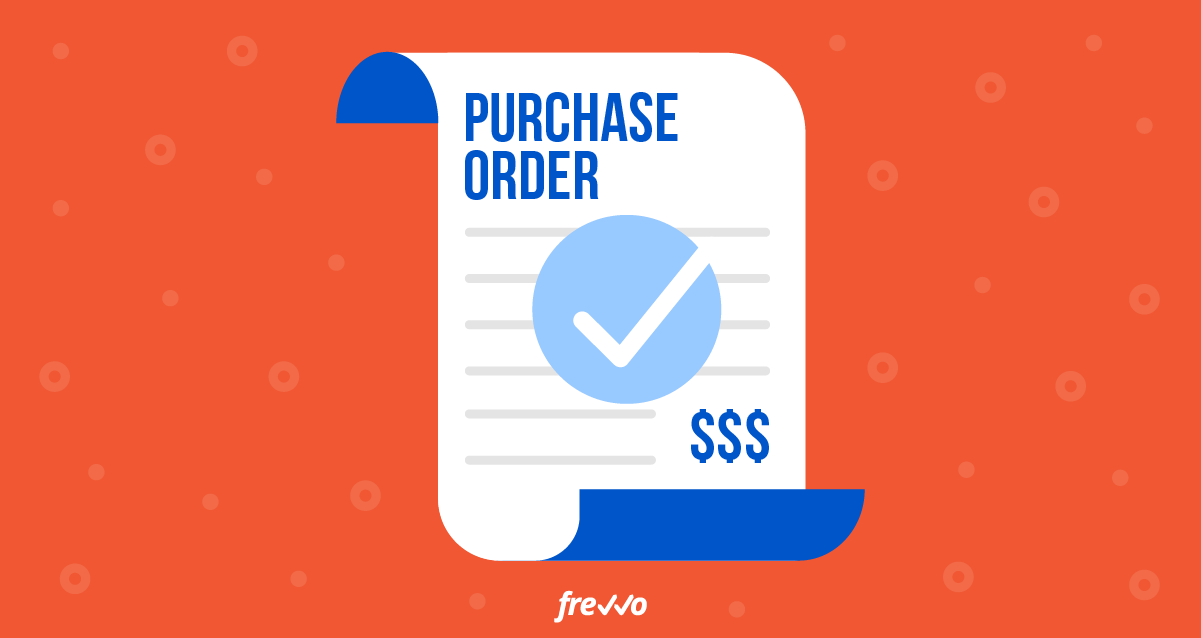Most of your company’s important data likely lives in a SQL database.
Practically every organization has at least one SQL database and often many of them.
But, here’s the rub: Most of your company has no idea what SQL even means, let alone how to get the information they need out of the database. So, that means your IT or development team spends an unreasonable amount of time either manually running queries and generating reports or building one-off applications and HTML forms for every department under the sun to get the data they need.
It’s not a good use of time.
What you need is a form builder with configurable SQL database integration that can help you stand up solutions quickly. Rather than rolling your own applications, you can use frevvo to build custom forms, configure advanced workflows, integrate data from a MySQL database, and ship a solution—in about an hour.
Note: This is a fairly technical article that contains SQL queries, JavaScript etc.
Continue reading “How to Populate an HTML Form from a SQL Database”









